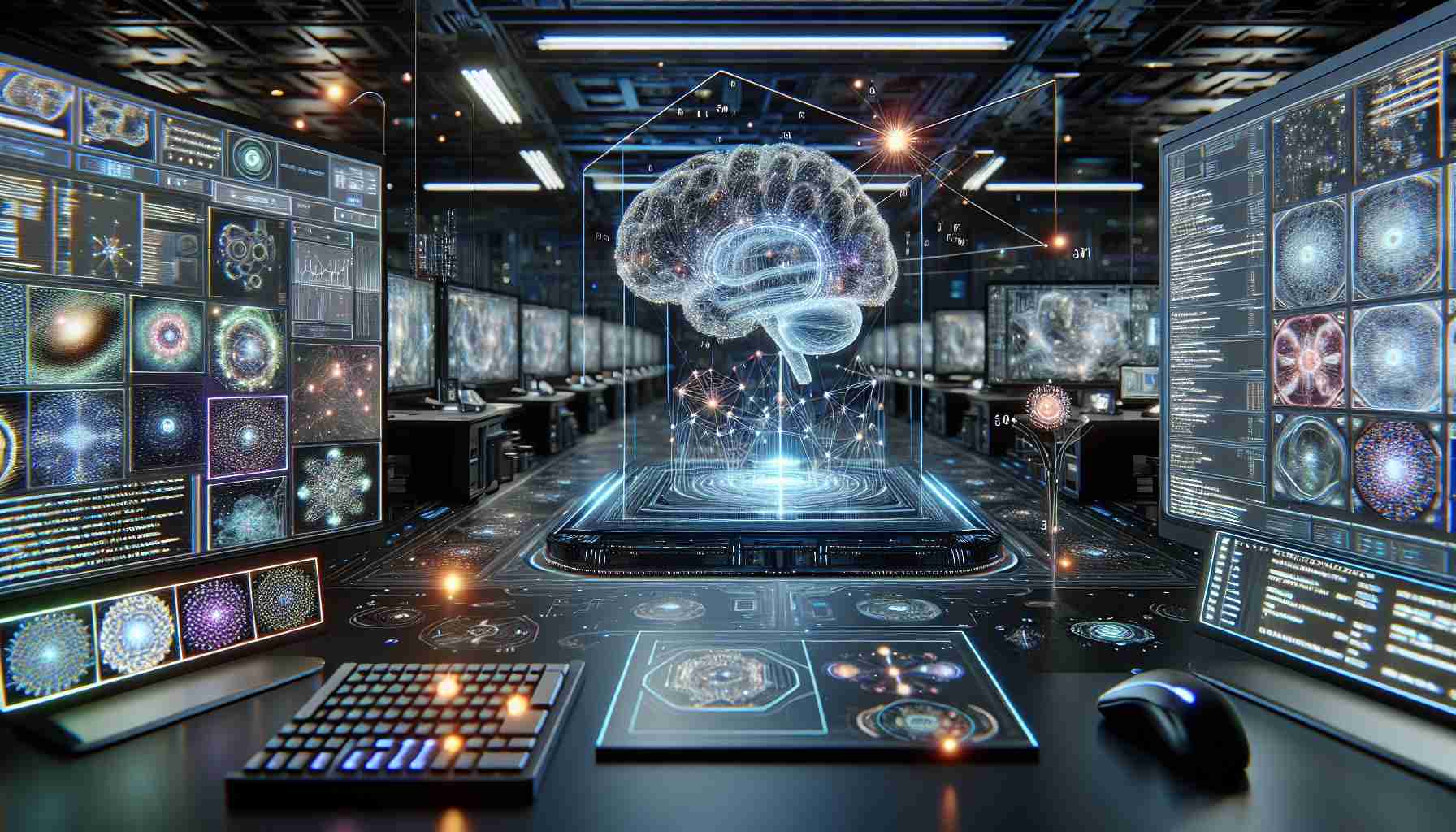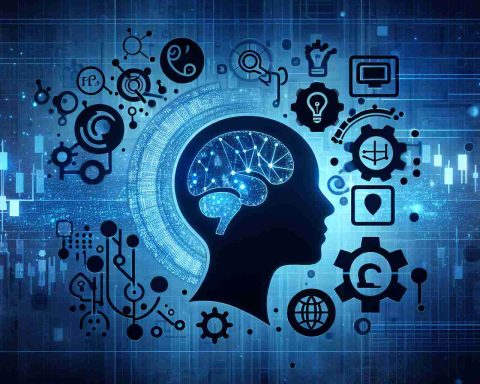Spatial artificial intelligence (AI) is emerging as a groundbreaking technology, allowing machines to interpret and engage with three-dimensional environments. The introduction of World Labs, a newly formed startup led by renowned AI researcher Fei-Fei Li, has attracted over $230 million in funding aimed at enhancing AI systems with spatial intelligence.
This initiative marks a pivotal change in the priorities of AI development. Unlike previous advancements that have predominantly concentrated on language and 2D imagery, World Labs is pioneering efforts to create AI models capable of understanding the nuances of 3D spaces and the dynamics within them. The company posits that this understanding is vital for pushing AI boundaries, making it more applicable to real-world scenarios.
World Labs seeks to build large world models (LWMs) that interact with and generate 3D environments. Initial projects will focus on constructing and manipulating virtual realms, changing how artists, designers, and engineers create interactive content. This technology holds promise for diverse industries, including entertainment and urban design.
The funding support, led by prominent venture capitalists and major tech figures, underscores the enthusiasm for spatially aware AI. Investors such as Salesforce’s Marc Benioff and Google’s Jeff Dean highlight the broad interest in the technology’s applications.
As World Labs progresses, its influence could reshape fields like architecture, robotics, and beyond. With potential to enhance navigation and design, spatial AI represents a transformative force in technological innovation.
Revolutionizing AI with 3D Spatial Understanding
The landscape of artificial intelligence (AI) is undergoing a transformative shift with the advent of 3D spatial understanding. This cutting-edge technology facilitates machines in not only recognizing but also interacting with complex three-dimensional environments. As the foundation of this revolution, the integration of spatial understanding into AI is set to redefine how we approach numerous applications across various industries.
What are the core components of 3D spatial understanding in AI?
3D spatial understanding involves several components such as perception, localization, mapping, and reasoning. By enabling machines to perceive surroundings through depth sensors and spatial data, they can create accurate representations of their environment. This capacity allows AI to navigate and manipulate physical or virtual spaces effectively.
What are the significant challenges in implementing spatial AI?
Despite its potential, there are substantial challenges in the deployment of 3D spatial AI technologies. One major challenge is the complexity of representing dynamic environments where constant changes occur. AI systems must be trained to recognize and adapt to these changes in real-time. Additionally, the integration of spatial data with traditional AI datasets poses issues regarding data quality and processing speed.
What controversies surround the use of spatial AI?
As spatial AI becomes more advanced, ethical concerns arise regarding privacy and surveillance. The capability of machines to map and interpret environments in detail can lead to misuse, particularly in public spaces. Striking a balance between innovation and ethical considerations is crucial for the responsible development of these technologies.
Advantages of 3D spatial understanding in AI
1. Enhanced Interaction: AI systems with spatial understanding can provide more intuitive interactions, whether in virtual reality (VR) environments or enhanced reality applications.
2. Improved Navigation: In robotics, spatial AI can significantly improve navigation capabilities, facilitating safer and more efficient movement in real-world settings.
3. Innovative Design: Fields such as architecture and gaming can benefit from advanced spatial modeling, allowing for the creation of more complex and responsive designs.
Disadvantages of 3D spatial understanding in AI
1. High Resource Demand: The computational resources required for processing and analyzing 3D spatial data can be substantial, leading to increased operational costs.
2. Technical Barriers: There is a steep learning curve for developers to effectively create and manipulate spatial models, which can limit accessibility for smaller companies or individuals.
3. Privacy Risks: The comprehensive data collection needed for 3D mapping could unintentionally infringe on individual privacy rights, raising ethical implications.
Key Questions and Answers
– Q: How does 3D spatial understanding enhance user experiences in AI applications?
A: By providing context-aware interactions and allowing machines to understand the physical world, user experiences become richer and more engaging, fostering a sense of realism.
– Q: What industries are most likely to benefit from this AI advancement?
A: Industries such as gaming, real estate, healthcare (in navigation and surgery), urban planning, and education are expected to see significant enhancements through the application of spatial AI techniques.
– Q: Can AI with spatial understanding operate in real-time?
A: Yes, advancements in machine learning and sensor technology allow for real-time processing, making applications like autonomous vehicles and VR gaming feasible.
In conclusion, the revolution of AI through 3D spatial understanding holds significant promise but is not without challenges. As development continues, it will be vital to address ethical quandaries while harnessing the technology’s advantages to elevate various sectors.
For more information on AI developments, visit OpenAI or IBM Watson.

















